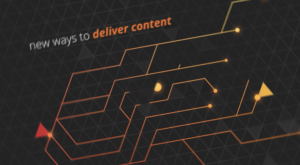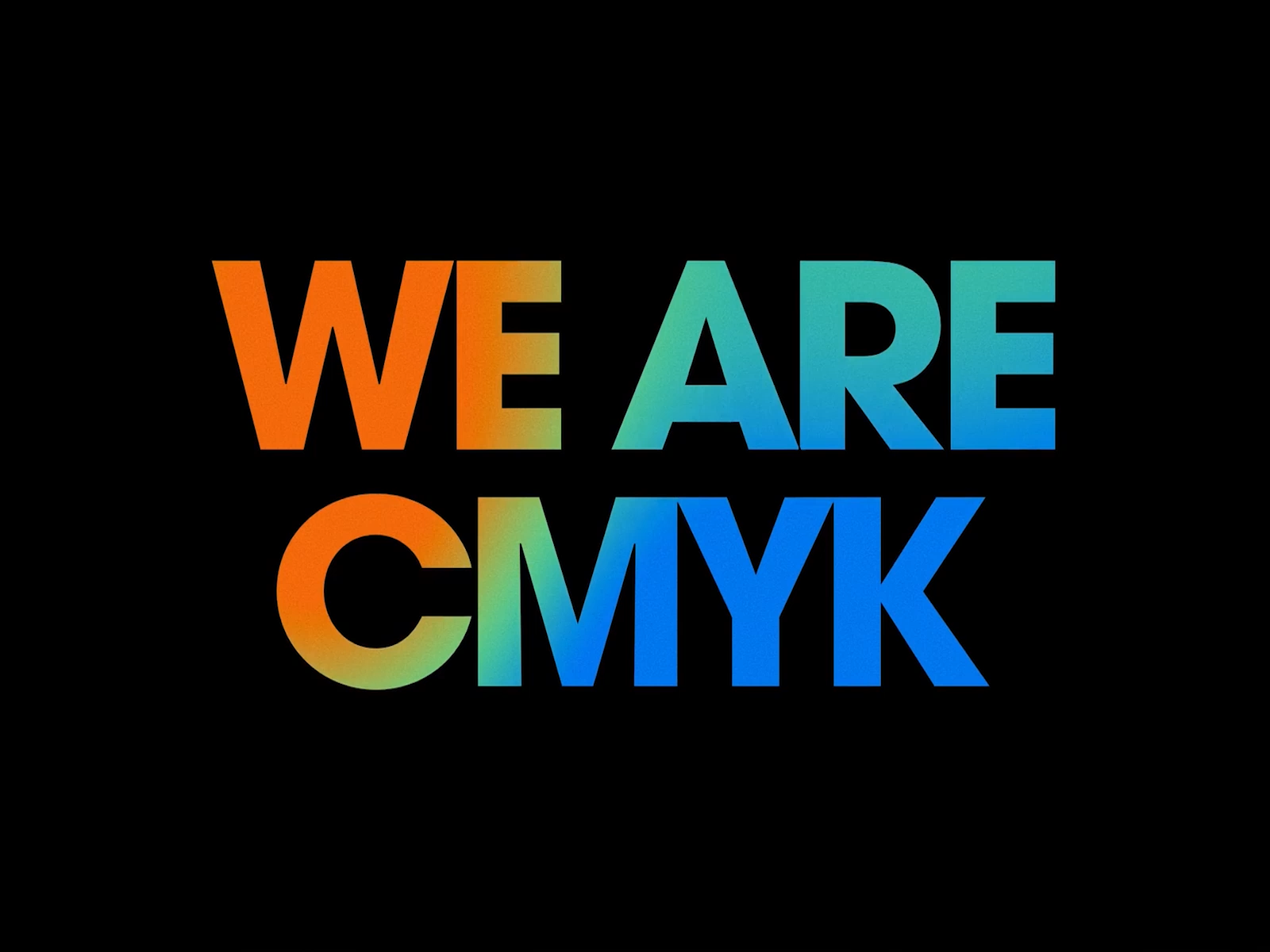We recognize how challenging our current landscape is with the spread of COVID-19. Everyone’s day to day lives are drastically affected, and businesses everywhere are struggling to figure out how to stay afloat in this changing economy. The unknown is scary, but in times like these, we can reassess our business model and figure out how to lean into this change and reposition our organizations for success. Companies have the opportunity to re-evaluate how they connect with their online audience and shift to more digital-centric forms of communication and engagement. Below we’re going to offer a few suggestions on how you can alter your strategy to retain customers, build new relationships, and keep your business operating.
Motion Graphics/Animation
 Video production is hard right now, and if you have some projects waiting in the wings, you’ll need to hold on getting that group of 10 – 100 people together to shoot that script! Unless you’re pivoting to producing relatively low fidelity content at home, these restrictions may severely impact your editorial calendar.
Video production is hard right now, and if you have some projects waiting in the wings, you’ll need to hold on getting that group of 10 – 100 people together to shoot that script! Unless you’re pivoting to producing relatively low fidelity content at home, these restrictions may severely impact your editorial calendar.
So ditch the crew and all of the actors and mix it up with animation. Animation and motion graphics are great alternatives because they use illustrated visuals instead of live-action. Not only is this an excellent format for complex storytelling, but it’s capacity to be created while companies practice “social distancing” is fantastic. This type of media is great for remote collaboration because it can be done by remote teams. A project can be as lean as having a copywriter and illustrator/animator, however art directors, editors, sound designers, and voice-over actors may also be part of the production depending on the project.
Also, you can save on production costs while still ending up with an impressive final product. Video content can get expensive quickly when you factor in cameras, rentals, crew, talent, travel, and insurance. Those production days result in pretty hefty price tags. Animation and motion graphics have a more streamlined approach because there usually are fewer people involved. While the cost for illustrators and animators can be high, the lack of equipment and crew can bring down prices significantly. Plus, budgets generally benefit from economies of scale, so if you’re looking to produce serial content, this could be a great alternative.
rentals, crew, talent, travel, and insurance. Those production days result in pretty hefty price tags. Animation and motion graphics have a more streamlined approach because there usually are fewer people involved. While the cost for illustrators and animators can be high, the lack of equipment and crew can bring down prices significantly. Plus, budgets generally benefit from economies of scale, so if you’re looking to produce serial content, this could be a great alternative.
Examples: McKinsey, Phaedo (Examples should just be screenshots with link outs or inline small videos, left or right aligned)
E-Commerce
If you already have an online store for your business, I’m sure you are aware of how sales are either growing or have the strong potential to increase during this time. With the majority of people staying at home, many retailers have seen an uptick in online sales. It’s time to start having that ecomm platform hustle. Think about running promotions – coupon codes, deals for signing up for newsletters, product packages, or even new subscriptions add-ons. Some retailers are also turning to gift cards as an additional revenue stream to compensate for the lack of brick and mortar sales. A lot of money can be held up in inventory, so get creative on how you can entice your audience to support your business. For those companies whose production has been halted, consider pre-sale as an alternative to keep sales flowing.
While working on your online storefront, make sure that you are putting your best foot forward. Stellar photography is essential in showcasing your products to the world. Also, make sure that you have your operational ducks in a row, such as packaging, shipping, and customer service. Finding the right partners to support you during this is crucial for success.
If you sell goods or services and don’t yet have an online shop, this might be the time to consider investing in one. While building an e-commerce website can be a timely and expensive endeavor, there are tons of out-of-the-box solutions available. Companies like SquareSpace and Wixx offer templated storefronts that you can quickly customize. Their platforms provide integrations with credit card processing, inventory, and shipping to get your store off the ground relatively quickly. While this turn-key solution is excellent for some, others may need a more customized online shopping experience.
There are agencies out there, like us (hint hint), that works with businesses to develop custom eCommerce platforms that are specifically tailored around their products. This includes recurring subscription orders, CRM integrations, social media, online ad placement, rich media integration, and editorial content. While these additional features add complexity to a website, their inclusion in the shopping experience is a way to engage and retain customers to increase sales.
Even if you don’t have a “physical product” maybe you have a wildly popular editorial website, a fantastic blog or an indie magazine? Websites that are strictly content focused often have subscription-based models as revenue drivers. Building a paywall on your platform will allow users that pay monthly fees, access to more exclusive content. Even small subscriptions across the year can help in situations like this as it is recurring revenue!
Examples: Seven, Smallbatch, Believer
Hosting Ads
I know this sounds like the worst, but…If you run a website that sees a significant amount of web traffic, or even just a good amount of niche traffic, consider adding advertisements as an additional way to monetize your platforms. Sites that already have ads integrated could look at increasing the number of placements on their website. The addition of new inventory provides your sales team with more ad slots to sell. More impressions and more click-throughs equal more revenue that you can generate from your site.
For those platforms that don’t have ads built into the design, now may be the time to consider it. You can work with your web team to develop a strategy on how to integrate ads into the overall aesthetic of the site and on how you can sell them. Things like page takeovers and sponsored content are packages that you can sell to bring in extra revenue. Just think about it!
Examples: TimesReview, ElectricLit
Email!
OK, this is very old school, but we swear it works! We send out a newsletter every week – The Fast Five. It consists of five random links that our team has found during their weekly internet browsing. The content is fun, irreverent, and easy to digest. Honestly, Chris thinks no one reads it, but we always hear from clients and our general community how they look forward to it every week. It keeps CMYK at the front of their mind, and that is what is really important!
We use Mailchimp to manage our list, and there are plenty of other options out there. Go through your email, pull a list of contacts, and add them to your preferred email list manager. Most services have simple templates that are plug and play so you can get up and running quickly.
So consider reaching out. What you talk about is entirely up to you, but it should be tied to your business and marketing strategy. Share with your audience how you are worried about the future; maybe you want to discuss the challenges this has presented your business, or perhaps you want to send some content that gives everyone a reprise from all of this news. Any way you communicate with your customers or clients is great.
Examples: FastFive
These are just a few ideas that we can offer you to be “nimble” right now – digitally speaking. There isn’t a right or wrong solution, but there are proactive steps you can take to approach your business’ digital presence differently. This is a challenge for all of us; however we can rely on each other for support! We’re out here fighting this too, trying new things and figuring it out day by day. We are always happy to answer questions, give advice, or just give you a digital “hug” whenever you need it. If you want to talk more about it, feel free to reach out to us. Trust us, we want to help!



